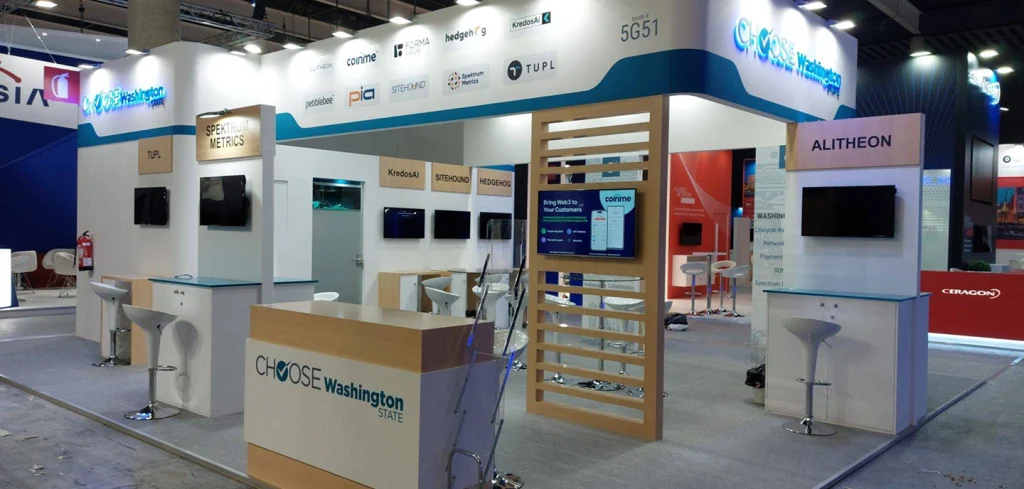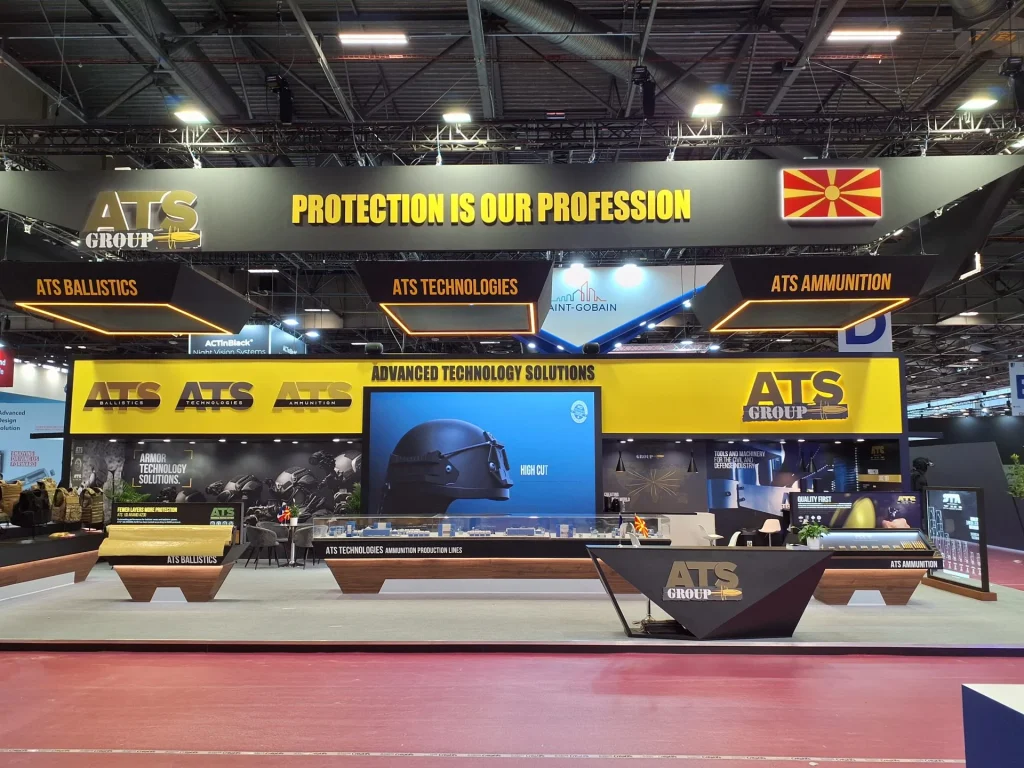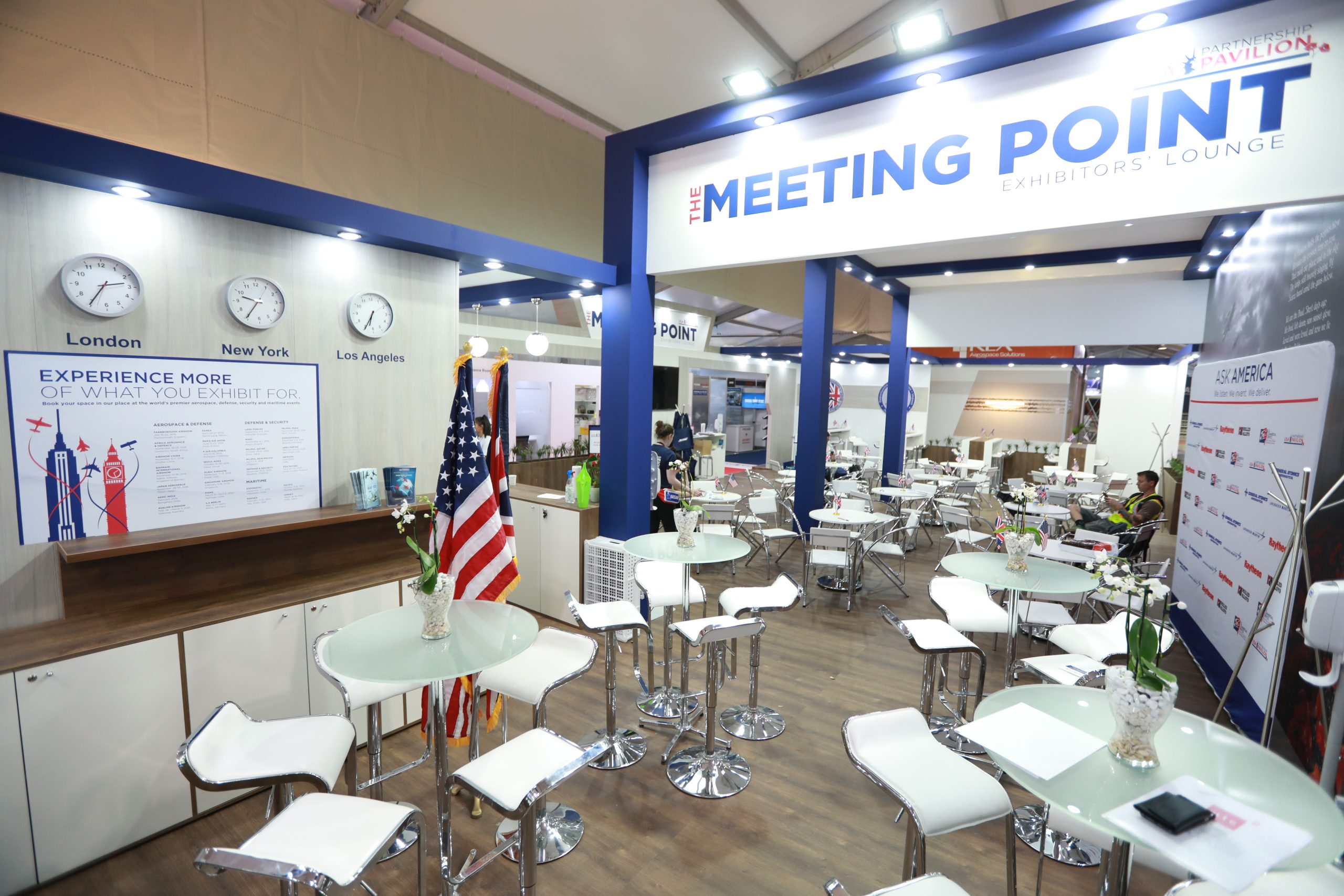
Introduction:
In today’s inclusive society, ensuring accessibility for all individuals, including those with disabilities, is not just a legal requirement but also a moral imperative. When it comes to exhibit booth design, adhering to the guidelines set forth by the Americans with Disabilities Act (ADA) is essential to creating an inclusive and welcoming environment for all attendees.
In this comprehensive guide, we’ll delve into the importance of ADA compliance in trade show exhibit booth design, explore the key considerations for ensuring accessibility, and provide actionable strategies for exhibitors to implement.
Understanding ADA Compliance:
The Americans with Disabilities Act (ADA) is a landmark civil rights law enacted in 1990 to prohibit discrimination against individuals with disabilities in various aspects of public life. Title III of the ADA specifically addresses public accommodations, including places of exhibition or entertainment, such as trade show booths.
ADA compliance in custom trade show exhibit booth design entails ensuring that the booth is accessible to individuals with disabilities, including those with mobility impairments, visual impairments, and hearing impairments.
Key Considerations for ADA Compliance:
- Physical Accessibility: Booths must be designed to accommodate individuals with mobility impairments, including wheelchair users. This includes providing ramps or level access to enter the booth, wide aisles to allow for wheelchair maneuverability, and accessible seating areas.
- Visual Accessibility: Booths should incorporate features to accommodate individuals with visual impairments. This includes using clear signage with high contrast text and graphics, tactile signage or braille for navigation, and audio descriptions for visual content.
- Hearing Accessibility: For individuals with hearing impairments, booths should offer assistive listening devices or captioning for audiovisual presentations. Clear communication methods such as written materials or sign language interpreters should also be provided.
- Reach and Height Accessibility: Ensure that interactive elements, product displays, and information are positioned at reachable heights for individuals of all abilities, including those who may be seated or of shorter stature.
Strategies for Ensuring ADA Compliance:
- Consultation with Accessibility Experts: Collaborate with accessibility experts or consultants who specialize in ADA compliance to review booth designs and identify potential barriers to accessibility. Their expertise can provide valuable insights and recommendations for ensuring compliance with ADA guidelines.
- Inclusive Design Principles: Incorporate inclusive design principles from the outset of the booth design process. Consider the diverse needs and preferences of individuals with disabilities throughout the design and planning stages, ensuring that accessibility is integrated seamlessly into the overall booth experience.
- User Testing and Feedback: Conduct user testing with individuals with disabilities to gather feedback on booth designs and identify any usability issues or barriers to accessibility. Incorporate feedback into the design process to make necessary adjustments and improvements.
- Training and Awareness: Educate booth staff and exhibitors about ADA compliance and the importance of creating an inclusive environment for all attendees. Provide training on how to interact with individuals with disabilities respectfully and effectively, ensuring that everyone feels welcome and valued.
Conclusion:
In conclusion, ADA compliance is fundamental for ensuring accessibility in trade show exhibit booth design and fostering an inclusive environment for all attendees. By understanding ADA guidelines, considering the needs of individuals with disabilities, and implementing actionable strategies for ensuring accessibility, exhibitors can create booth experiences that are welcoming, inclusive, and respectful of diversity.
By prioritizing accessibility, exhibitors not only comply with legal requirements but also demonstrate a commitment to diversity, equity, and inclusion in their marketing efforts. Through collaborative efforts and a dedication to accessibility, exhibitors can create meaningful and impactful experiences for all attendees, ensuring that no one is left behind.

 Global
Global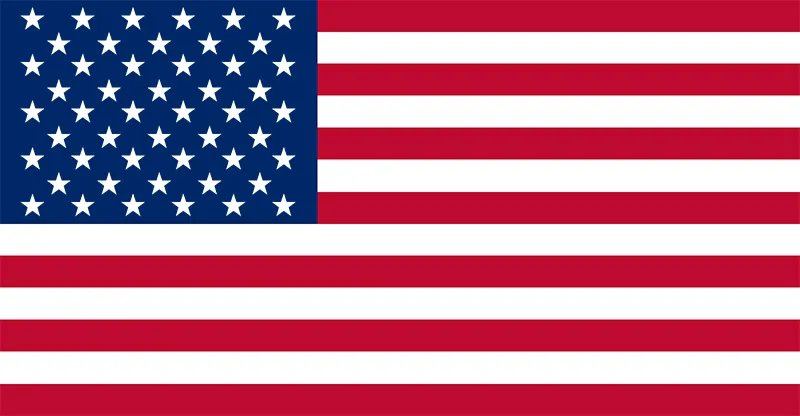 USA
USA